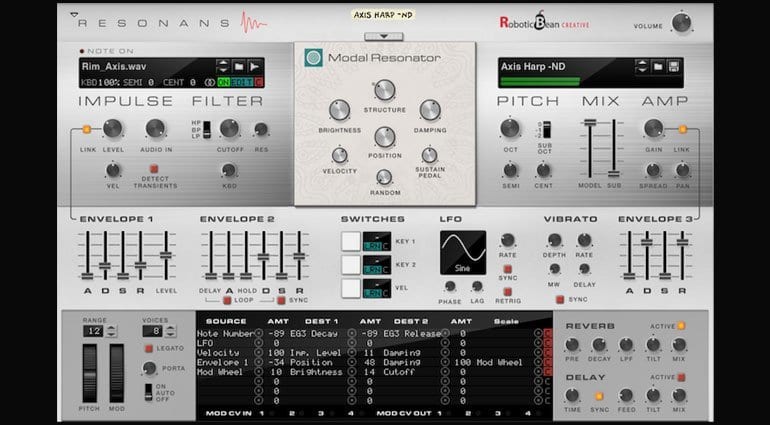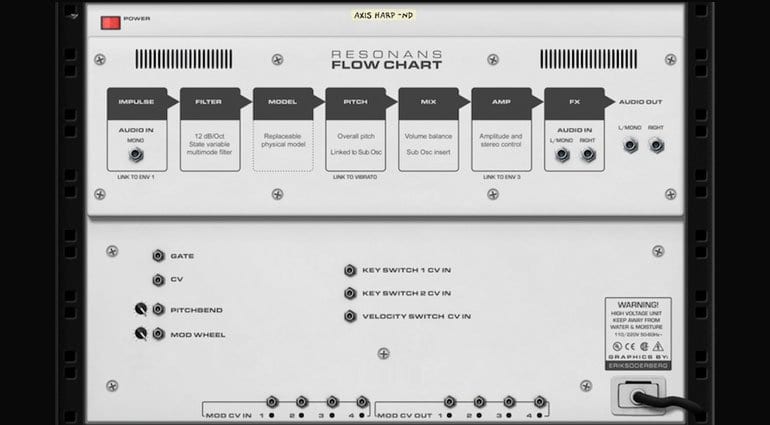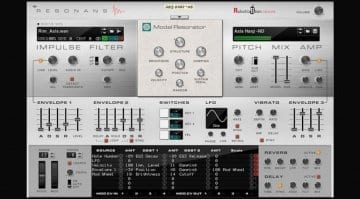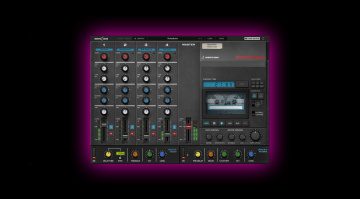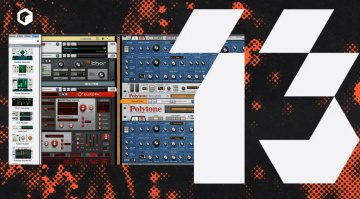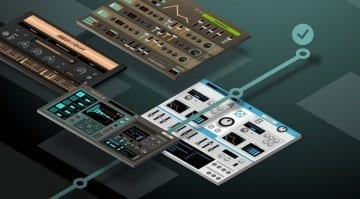Resonans brings Physical Modelling to Reason for the first time
Robotic Bean are a developer of Rack Extensions for Propellerhead Reason. Their latest release brings a whole new form of synthesis to the platform. The Resonans Physical Synthesizer models resonators and string vibrations and are driven by a complete, sampling impulse section. In the wake of the VST support announcement, it’s great to see that the Rack Extension still has some surprises up its sleeve.
Resonans Physical Synthesizer
Physical modelling is all about generating realistic, dynamic sounds through computer models of real-world sound-making materials. Bells and percussion are the most common results, along with strings that are plucked or bowed. The other side is that these realistic building blocks can then be extrapolated into all sorts of textures and otherworldly sounds. In fact, the promotional video Robotic Bean have produced (below) is probably one of the most helpful and informative explanations of physical modelling I’ve come across.
Resonans has two physical models: Modal Resonator and Inharmonic String. The Modal Resonator uses up to 60 resonant band-pass filters per voice to divide the signal into partials. The Inharmonic String uses carefully tuned delay lines to simulate the wave propagation in strings.
The Impulse Section provides the energy that drives the models. This is usually done with white noise but Resonans also lets you load it up with your own samples or a live audio input from another rack device. So you can use loops to add rhythm or single shots to shape the nature of the sound. The Impulse section has an envelope and multi-mode filter so you can shape and tune the input before it reaches the models.
Controls
The Structure knob affects the harmonics and complexity of the sound, from simple waves all the way to glass and metallic sounds. The Brightness and Damping knobs work on the timbre and sustain. The Position knob brings in what sounds a bit like pulse width modulation as the impulses position of entry is moved along the model or string. Velocity and Sustain Pedal do what you expect them to and the Random knob…..
On the output section, you have some pitch control, spread and panning. There’s a sub oscillator that helps reinforce the fundamental frequency that can be mixed with the model.
In the middle section is an envelope for the model and for the amplifier and some modulation. There’s a simple Vibrato modulation and a proper LFO which comes with a complete matrix of routing possibilities. The matrix lets you drag and drop onto both sources and destinations, which is nice. There are also little LED indicators showing when it’s receiving CV input from the sockets on the back. You can drag modulation sources onto them as well.
At the end of the chain there’s a reverb and delay effect section with a tilt EQ.
Finishing it all off is a bumper pack of 200 presets created by that magical pool of renowned sound designers.
VST or Re?
Robotic Bean make Rack Extensions. That’s the format they’re invested into. They would have been developing Resonans long before Propellerhead announced their long-hoped-for support for VST plug-ins. So although this is the first physical modelling synth available for Reason, once the VST support comes along then it won’t be quite so unique. You’ve got to wonder how developers like Robotic Bean feel about that. You’ve also got to wonder whether there’s some additional advantage to Rack Extensions that the VST rack device won’t be able to emulate. Maybe the ease of CV integration, maybe the processor overhead. I don’t know. It’s going to be interesting to see if Rack Extensions continue to flourish, or whether they slowly fall away in favour of the VST format.
Anyway, the Resonans Physical Synthesizer looks fabulous and brings a whole flavour to Reason that it was previously missing. It’s available now for Reason 9.2 and above and is on an introductory special of €89 until the end of May. More information at the Propellerhead shop.
You are currently viewing a placeholder content from YouTube. To access the actual content, click the button below. Please note that doing so will share data with third-party providers.

